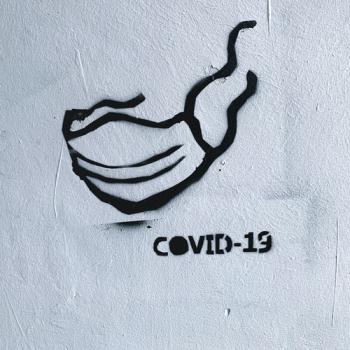Read the first part of our interview with Tami Heim:
 The Consulting Role
The Consulting Role
In this capacity, you are no longer managing people and organizations. You can offer your skills but it is up to someone else whether your work gets used. What are the plusses and the minuses in this kind of role?
It has been quite an adjustment because professionally I have always led a corporate team and owned the responsibility for the outcome. Probably the most challenging part of consulting is that you work hard and use all your experience, but the client makes the final decision whether or not they’re going to implement your recommendations. Sometimes they do and it’s great.
Sometimes, they don’t and it’s extremely painfully. You want to say, “Please learn from my mistakes. I’ve been down this road before. Let me help you get it right the first time.” It’s a major adjustment for me to pour my heart into a strategy and then not be involved in leading the execution of it. This role certainly challenges the way I am wired.
I am energized by the variety of people we work with: authors, organizations, publishers, and agents. I am passionate about the different ways that we add value. This is an extremely entrepreneurial position. We’re small but we’re mighty. We turn projects around quickly. Our programmers and designers love to do what’s never been done. It’s a very energizing environment and we often see things that other people aren’t seeing right now.
Let’s talk about books.
Yes, I love books!
I do too. I have a room that demonstrates my love of books. It doesn’t matter how many bookshelves I build, there are still piles of books.
Books and the Internet
But the business model for books started unraveling with the Internet. One step came with Amazon, which offered the proposition, “You don’t have to go into a bookstore to buy something you can buy on the Internet.” Did that affect life in a book company like Borders?
Amazon made its big splash while I was at Borders in 1998. We knew the Internet was gaining traction and everyone was trying to size and predict the change that was coming. We chose to relegate the developmental of our Internet distribution to a small tech group within the organization. We asked them to figure out this “online stuff.” We basically selected an off-the-shelf product to build our Internet platform.
Candidly, Amazon was irritating. I would go to my bookstores and find they had placed their promotional fliers in our books. They had trucks sitting outside the bookstores wrapped with Amazon logos. In San Francisco, next to one of our larger flagship stores, Amazon used the whole side of the building that our store overlooked as a gigantic advertisement for the biggest bookstore on earth.
Unfortunately, we didn’t have a presence on the Web because we were so consumed managing the operations of our brick stores across the nation. When I was told I would become the next president in 2000, I was not aware at the time the assignment would include the online component. From a holistic brand perspective it was absolutely the right to do.
During those early days, Forrester Research published a report that said, in essence, “You’re only going to be as good as the worst customer experience you offer, whether it is an in-store or online experience. We knew we were way behind online. Then The Wall Street Journal released an article with the headline, “Borders – Slackers in the Internet Space.” Not the kind of headline that does a president’s heart good. It carried with it the kind of pain that accelerates change.
Our Internet losses were high, we were behind in technology, and Amazon was growing rapidly. We fiddled with the technology side of the business for a year just to see if we might be able to stop the bleeding, but we couldn’t. In April 2001, we inked a partnership with Amazon.
It was radical because that kind of partnership had never been done before. People thought it was crazy but we were able to negotiate a deal that provided the best of Amazon technology, healthy freedom with our digital footprint, and a significantly unique competitive advantage.
At that time we owned the distinction as the best-in-breed for our in-store experience. We had the highest return on net assets and the highest productivity by store. Amazon garnered the best-in-breed online. The idea to align the best experiences in bookselling and buying was compelling. We joined forces and introduced a concept called “retail convergence.” The plan was to make books available anywhere and anytime customers wanted them. We created an in-store kiosk called Title Sleuth. People came into our stores and did their own title searches. Then they chose how they wanted to buy and receive the product. Books could be shipped to their home or picked up in a local store. Regardless of the decision the customer made, we wanted to deliver an amazing experience and hear our registers ring.
When I left Borders, the Internet division was contributing the highest percent of net income to revenue compared to all our other divisions. When I left in 2004, the stock price was at a five-year high. We had positive comparable store growth, and the biggest revenue year in the history of the chain.
Stay tuned for future posts about e-books and whether we all have shorter attention spans. Kind permission is granted by Seattle Pacific University and the Institute for Business, Technology, and Ethics for the use of this material from Ethix magazine, where it first appeared January 2012. Image: Pixabay (no, that is not Al Erisman’s living room.)













